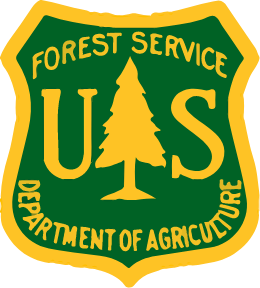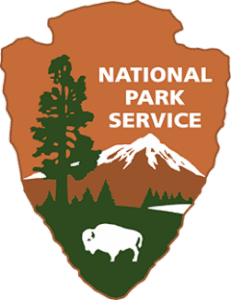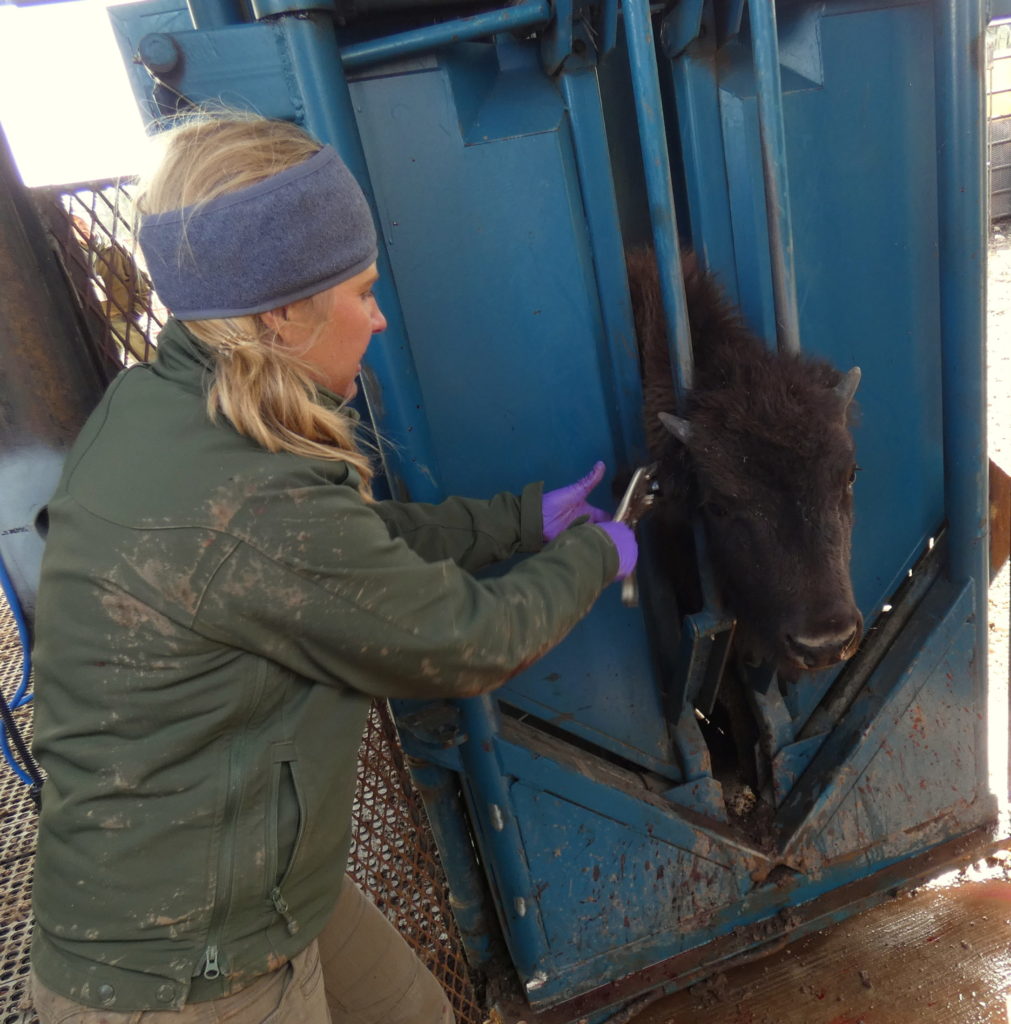
Photo by: Marcus Heerdt/Fall River County Herald-Star- Wind Cave Biological Science Technician Hollie Pucket’s duties for the day included administering ear tags, checking for ID chips, and aging the teeth of the bison.
By: Marcus Heerdt/Fall River County Herald-Star
WIND CAVE NATIONAL PARK, S.D. – Wind Cave National Park rounded up their bison herd and began processing the animals the week of Oct. 11, with media day held on Wednesday, Oct. 13. Bison were first introduced to the park in 1913, when 14 bison were donated by the Bronx Zoo (then known as the New York Zoological Park), and another six from Yellowstone in 1916. Presently, according to Tom Farrell, Chief of Interpretation for Wind Cave, the park “manages one of the most highly sought-after bison herds in North America” because of the herd’s “high genetic diversity.” According to Lennie Ramacher, Assistant Chief of Interpretation at the park, the actual rounding up of the bison began in the latter half of the previous week, where National Park Service (NPS) employees used UTVs to lead the animals toward the park’s corrals. A helicopter operated by El Aero Services from New Mexico also assisted in the roundup. The processing of the bison occurred at the park’s brand-new bison capture facility located in the northern section of the park off of NPS Road 5.
On Monday, Oct. 11 (Native American Day in South Dakota), a rededication of the new facility took place in coordination with the InterTribal Buffalo Council (ITBC). According to the organization’s website, the ITBC, which is based out of Rapid City, is “a collection of 69 federally recognized Tribes from 19 different states whose mission is to restore buffalo to Indian Country in order to preserve our historical, cultural, traditional, and spiritual relationships for future generations.” “Monday’s event was a beautiful celebration that highlighted the positive relationship between the Department of the Interior and the tribes who want to grow or supplement their tribally-managed herds,” said Megan Davenport, Acting Executive Director of the ITBC. “The buffalo is the keystone species of North America and it is important for tribal people to maintain access to buffalo. The day was filled with speakers, games, educational activities, and good food.”
“Monday’s rededication of this new facility was to reconnect and renew our relationship with the tribes and make a strong commitment moving forward,” said Greg Schroeder, Natural Resource Manager for Wind Cave. Schroeder also discussed how the new facility differed from the old. “This new bison capture facility was designed with safe animal handling in mind and creates a low-stress environment for the bison,” Schroeder said. “For example, it has enclosed walls so that the bison cannot see humans as much. Humans are a source of stress for bison. The facility increases the safety of both the workers and the bison.”
Out of Wind Cave’s 500-550 total bison, more than half were rounded up and brought into the corrals. Once in the corrals, the animals were processed in a squeeze chute. The park collected demographic data (age, sex) from all of the rounded up bison (excluding large bulls). For bison who were to remain in the park, small microchips were inserted to those animals who had not had one inserted previously. The chip is used to track the bison’s movements within the park and is loaded into a database. Ear tags were also administered so that each bison has two forms of identification. From all non-chipped bison, blood and tail hair samples were collected for DNA analysis.
According to the park service, between 110-125 bison will be distributed to various Native Nations or other organizations.
- The Nature Conservancy: approximately 15 bison to preserves in Illinois and Indiana
- The Wolakota Buffalo Range of the Rosebud Sioux: 60 bison
- Red Lake Band of Chippewa Indians (Minn.), Sisseton Wahpeton Oyate (S.D.), Pueblo of Pojoaque (N.M.), Prairie Band Potawatomi Nation (Kan.): 40 bison
- Red River Zoo in Fargo, N.D.: three bison
In attendance for the event on Monday and Tuesday was Bert Frost, NPS Regional Director from Omaha, Neb. Frost oversees NPS Region 5, which includes NPS sites in South Dakota, North Dakota, Montana, Nebraska, and Kansas. Wind Cave’s bison roundup, which is held every two years, is and always has been closed to the public.

Photo By: Marcus Heerdt/Fall River County Herald-Star- While some bison grazed in nearby pastures waiting to either return to the park or to be processed…others remained in the corrals to be shipped out to various Native Nations or other organizations.

Photo by: Marcus Heerdt/Fall River County Herald-Star- While some bison grazed in nearby pastures waiting to either return to the park or to be processed…others remained in the corrals to be shipped out to various Native Nations or other organizations.

Photo by: Marcus Heerdt/Fall River County Herald-Star-While some bison grazed in nearby pastures waiting to either return to the park or to be processed…others remained in the corrals to be shipped out to various Native Nations or other organizations.
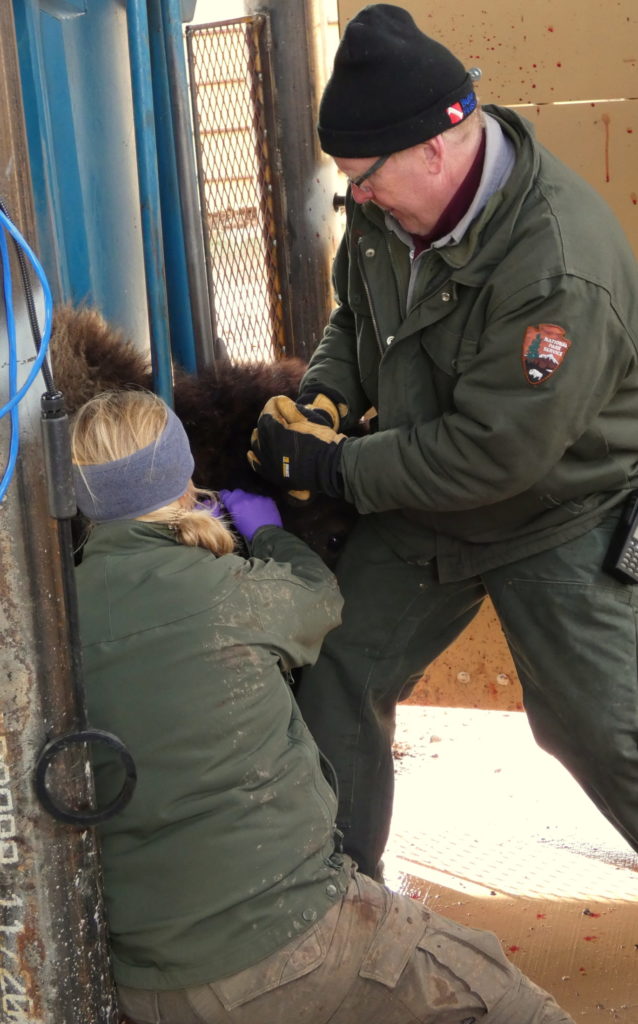
Photo by: Marcus Heerdt/ Fall River County Herald/Star Wind Cave Biological Science Technician Hollie Pucket’s duties for the day included administering ear tags, checking for ID chips, and aging the teeth of the bison.
